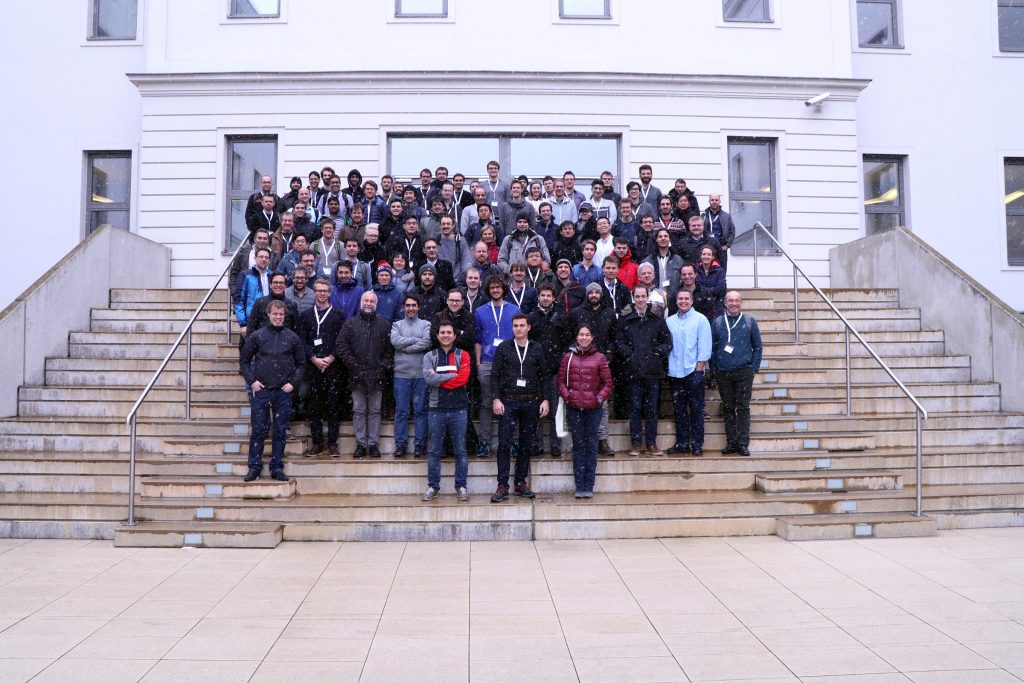February 15, 2018
First conference on “Frontiers of Circuit Quantum Electrodynamics and Optomechanics” held at IST Austria a success
More than 100 participants gathered in Klosterneuburg | Conference chaired by Shabir Barzanjeh and Johannes Fink
Over the past three days, the city of Klosterneuburg, near Austria’s capital Vienna, became a meeting point for quantum technology experts during the “Frontiers of Circuit QED and Optomechanics” (FCQO18) conference, which took place from February 12 to 14, 2018. More than 100 participants traveled to Austria from all over the world to present their most recent findings at the Institute of Science and Technology Austria (IST Austria), a young interdisciplinary institute dedicated to curiosity-driven basic research.
The event, which was co-funded by the State of Lower Austria and the Department NÖ Wissenschaft & Forschung, as well as by a European Union Marie-Curie Grant and a European Research Council (ERC) Grant, addressed a wide range of topics from reservoir engineering to hybrid quantum devices to quantum error correction. In the exhibition area, several sponsors informed the attendees about the latest product developments.
Reservoir engineering—the art of coupling quantum devices to their surroundings in a way that stabilizes and generates interesting states—was one of the top themes of the conference and, among others, addressed by invited speaker Aashish Clerk from the University of Chicago in his talk “Reservoir Engineering of Non-Classical Multimode States”.
Amir Safavi-Naeini from Stanford—another invited speaker—discussed microwave to optical conversion, thereby addressing one of the big challenges in connecting superconducting quantum computers to large-scale quantum networks. Several speakers, including Jerry Chow from IBM, Jens Koch from Northwestern University, and Florian Marquardt from the Max Planck Institute for the Science of Light in Erlangen, focused on another big topic of FCQO18: how to make quantum computers work better; this included intrinsic and algorithmic error correction, as well as the possibility of using machine learning to find better codes.
“We are happy that we have successfully brought together leading scientists in circuit QED, optomechanics, and hybrid systems to present cutting-edge theoretical and experimental results. With FCQO18, we have created an interactive platform for the exchange of new ideas and we hope that this will inspire a conference series on the topic,” says Johannes Fink, professor for Quantum Integrated Devices at IST Austria.
“It was a great experience to have people from three different areas presenting in one meeting. It is not easy to find this combination in any other conference. I am particularly pleased that we could welcome the researchers from IBM who are creating cutting-edge technology and already have a quantum computer up and running,” adds Shabir Barzanjeh in his function as co-chair of FCQO18.




